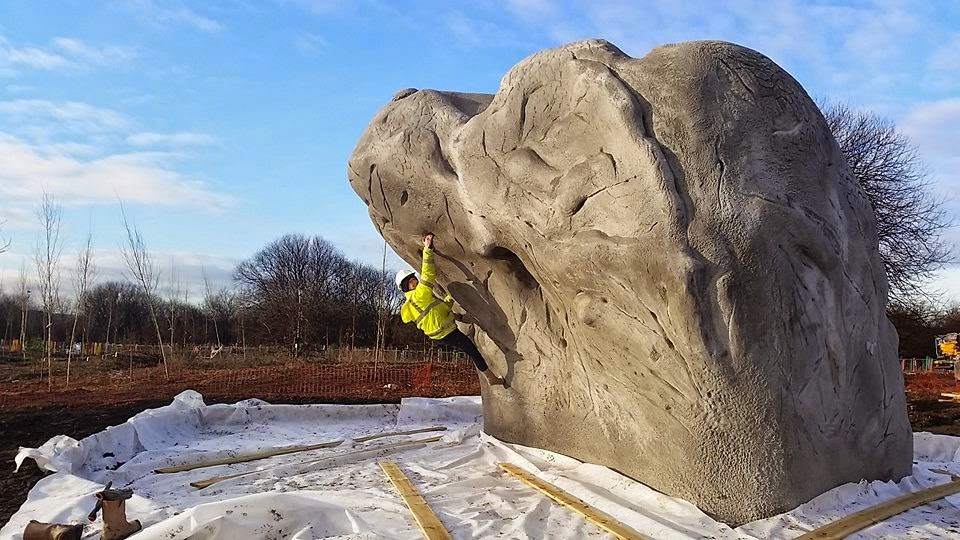With the high pressure settling over most of Scotland and providing windless weather and cold temperatures, the bouldering conditions are pretty good at the start of February. Some new projects are being worked on across the country.
On the Moray Coast, a new sandstone roof venue akin to Cummingston looks excellent, if this little video is to go by, thanks to Hamish Fraser, Dave Wheeler and friends.
On the Moray Coast, a new sandstone roof venue akin to Cummingston looks excellent, if this little video is to go by, thanks to Hamish Fraser, Dave Wheeler and friends.
New Bouldering Project, Moray Coast from Hamish Fraser on Vimeo.
Kintyre has seen some exploration round Carradale, where a tortured schist geology provides unusually juggy steep climbing and some giant highballs.
In Arrochar, a number of large blocs have been discovered recently, with Dan Varian about to reveal an awesome hidden bloc sure to be a new classic in the area. John Watson has been developing some new areas in remoter parts, just waiting for the elusive combination of conditions and form ...
In Coigach, it seems slabs are the fashion of the day, perhaps because they are so often ignored due to the profligate ubiquity of roofs and steepness on the sandstone. 'Flexor Strain' is the 'hardest slab in Coigach':
Nigel Holmes looking for holds on the Coigach slabs...




